The Great Wildebeest Migration – Serengeti & Masai Mara
Scroll for more Info
Africa’s Greatest Wildlife Show on Earth
Every year, over 1.5 million wildebeest, zebras, and gazelles thunder across the plains of Serengeti National Park in Tanzania and into Kenya’s Masai Mara in search of fresh grazing and water. This breathtaking spectacle—known as the Great Migration—is widely regarded as the most dramatic wildlife event on the planet and a once-in-a-lifetime experience for safari enthusiasts and photographers.
Why It’s Special
- One of the Seven Natural Wonders of Africa
- Mass movement of animals covering almost 3,000 km annually
- Famous river crossings at the Grumeti and Mara rivers, packed with danger from giant crocodiles
- Prime opportunities to witness predator action, especially lions, cheetahs, hyenas, and leopards
- Unbeatable wildlife photography scenes — dust, drama, golden light, and staggering herds
What You’ll Experience
Depending on the time of year, travellers may witness:
- Calving season in the Southern Serengeti (Jan – March)
- Large herd movements across the Western Corridor (May – June)
- River crossings at Grumeti (June) and Mara River (July – September)
- Survival drama as predators stalk the herds
- Endless plains covered with grazing animals and newborn calves
Best Time to See the Migration
Jan – March
Southern Serengeti
Calving season, predator action, newborns
April – May
Central / Western Serengeti
Herds move north; lush green landscapes
June – July
Grumeti & Western Corridor
First river crossings, rutting & chaos
July – Sept
Northern Serengeti / Mara
Famous Mara River crossings into Kenya
Oct – Dec
Back to Serengeti
Return south through Lobo & Ndutu areas
Ideal Safari Activities
- Game drives focused on migration herds
- Hot air balloon safari over the herds (at dawn)
- Photography safaris with specialized guides
- Guided walks and picnics in private concessions (if included)
Where It Fits in a Safari Itinerary
Most of our 6 to 10-day Tanzania safari itineraries include at least 2–4 nights in the Serengeti specifically to follow the migration. We also combine it with the Ngorongoro Crater, Lake Manyara, or extend it into the Masai Mara in Kenya for cross-border migration safaris.
Sample Lodges & Camps (Migration Zones)
- Ndutu Safari Lodge – Southern Serengeti (Calving season)
- Serengeti Serena / Sopa Lodge – Central to Western corridor
- Mara Under Canvas – Northern Serengeti (July–Sept)
- Migration Mobile Camps – Move with the herds
Photography Tips
- Bring a long telephoto lens (200–400mm or more)
- Shoot early morning / late afternoon for soft light
- Use continuous burst mode to capture dramatic crossings or chases
- Include wide shots to show the endless herds and landscape
Why Book the Migration with Wild Compass Africa?
At Wild Compass Africa, we track the herds daily through our network of guides across the Serengeti and Masai Mara. We design trips based on your travel dates, ensuring you’re in the right place at the right time to witness the most action. Whether you want luxury mobile camps or mid-range lodges, we tailor everything — including private vehicles, pro-photography guides, and extensions to gorilla trekking or Zanzibar.
Ready to Witness the Greatest Wildlife Show on Earth?
Contact us today to plan your personalized Great Wildebeest Migration safari.
More Tanzania Experiences
Suggested Tanzania trips
Destinations
Itineraries
Follow us
Get Intouch

